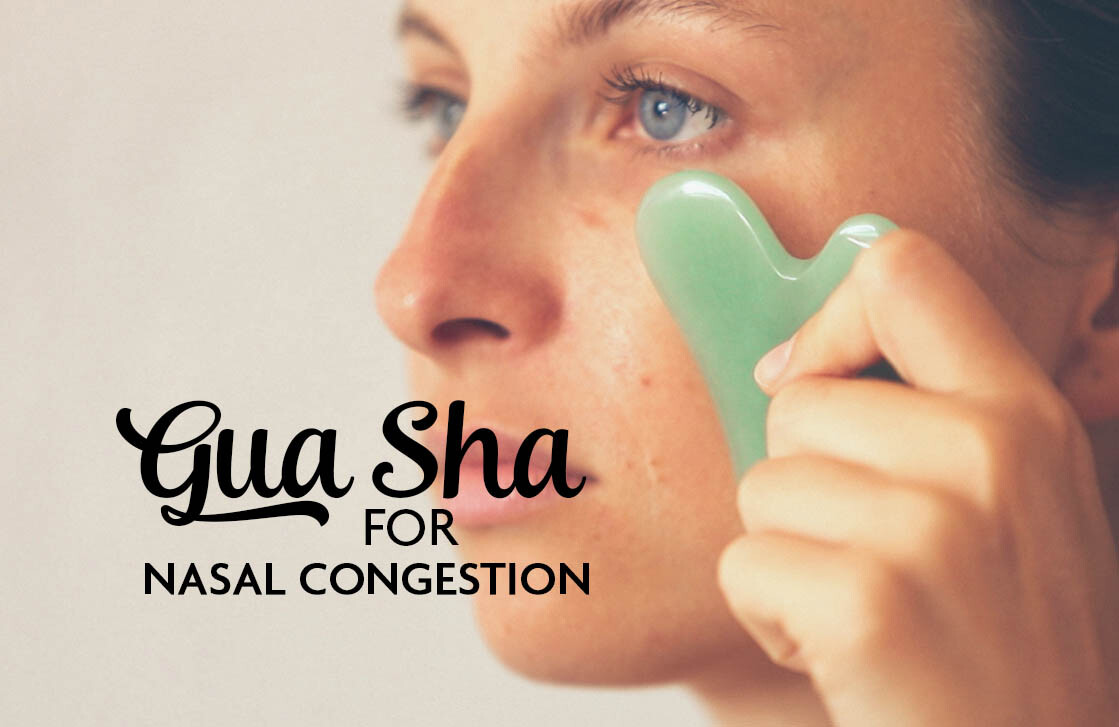
DEALING WITH NASAL CONGESTION WITH GUA SHA
This post is contributed by One Drop member – Jelyn Chew.
Respiratory conditions
People often get confused with the symptoms of these respiratory issues because they share similar symptoms. The table below highlights their main differences:
| SYMPTOMS | ALLERGIC RHINITIS | SINUSITIS | COLD |
| Fever | No | Sometimes | Sometimes |
| Nasal discharge | Clear, thin, watery | Whitish or coloured | Thick, whitish or thin |
| Facial pressure/ pain | Sometimes | Yes | Sometimes |
| Headache | Sometimes | Often | Sometimes |
| Sneezing | Sometimes | No | Yes |
| Duration of illness | Varies | 10-14 days | Under 10 days |
| Coughing | Sometimes | Sometimes | Yes |
| Nasal Congestion | Sometimes | Yes | Yes |
Allergic rhinitis (AR), sometimes also referred to as hay fever, is triggered by allergens. The immune system overreacts as a result causing symptoms such as sneezing and runny nose. For some people, these symptoms may happen every morning due to the overnight exposure to the particles they breath in the air while asleep.
A running nose and postnasal drip from AR may sometimes lead to a sinus infection, also known as Sinusitis. It is an inflammation of the lining inside the sinuses and when they are blocked and filled with fluid, germs can grow. The person may suffer from symptoms such as headache and nasal yellowish secretions.
Regardless which respiratory condition you are suffering from, if you are experiencing nasal congestion, simple gua sha technique can help relieve discomfort and congestion around the sinus region by promoting lymphatic drainage. It can also be done on a daily basis as maintenance every morning for those suffering from AR.
Gua sha to relieve nasal congestion
Gua Sha is a traditional Chinese therapy for natural healing. It involves scraping of the skin using a scraping tool to produce a red, bruise/rash-like appearance. This technique has been effective in relieving tension and tightness, promote blood circulation and dispel toxins from the body. While most people would benefit from gua sha, there are some who should avoid scrapping:
- Pregnant women
- People with skin allergy or wounds/tumor on skin
- People on blood thinning medication
- People who bleed easily
All you need is a gua sha board and some moisturiser or carrier oil that suits your skin. For the purpose of this article, we focus only on scrapping around the sinus region of the face. Some of my favorite essential oils commonly used for this area of scrapping are Lavender, Idaho Blue Spruce, Idaho Balsam Fir and Copaiba.
For children, use finger tapping method instead of gua sha. Coat your fingertips with V6, smear a little chosen essential oil and gently tap along the lines.
Take note:
- When scrapping (“gua”) the face, use gentle strokes. Apply a layer of moisturiser on face or use a suitable carrier oil to lubricate the skin first.
- Place the gua sha board at an angle 15 degree, almost flat, to the skin.
- Scrap along the arrows shown on the diagram.
- If you do not have a gua sha board, you may use fingers to tap along the lines.
- Remember to hydrate after each gua sha session.
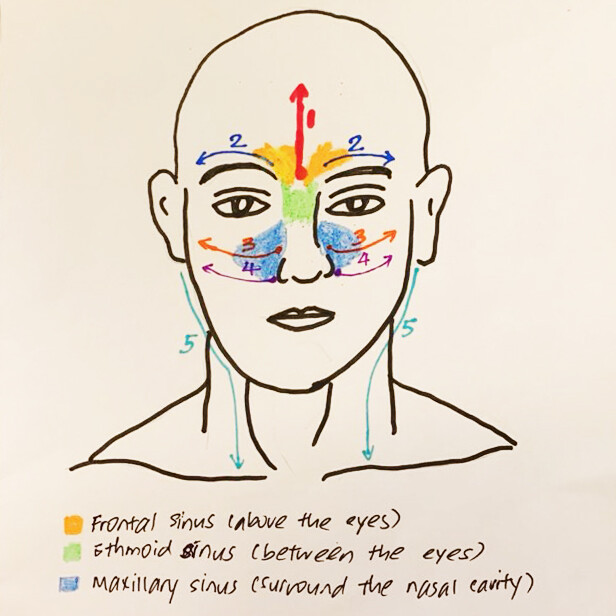
Using essential oils with Gua Sha
Some of my personal favourites to use for this purpose of gua sha on sinus region are:
- Lavender
- Cypress
- Idaho Blue Spruce
- Idaho Balsam Fir
- Copaiba
- Kidscents Refresh
While these oils are generally safe to use neat (apart from Kidscents Refresh which is already diluted), it is still advisable to dilute them a little for the purpose of scrapping. This helps reduce any abrasion on the skin.
The essential oils can be applied along the lines of scraping. For younger children where scrapping is not advisable, the same oils can be applied on the caregiver’s finger tips to perform the gentle massage on the sinus region.
If you like Jelyn’s article and would like to purchase the Young Living oils or have further clarifications, please feel free to get in touch with her at Joilfulness@gmail.com. If you are ready to sign up as member to purchase, you can click here.
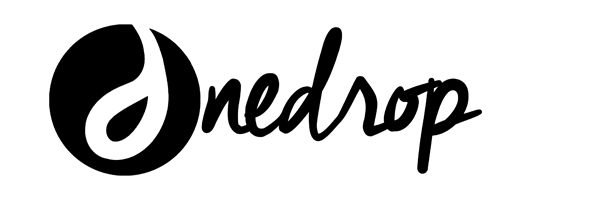



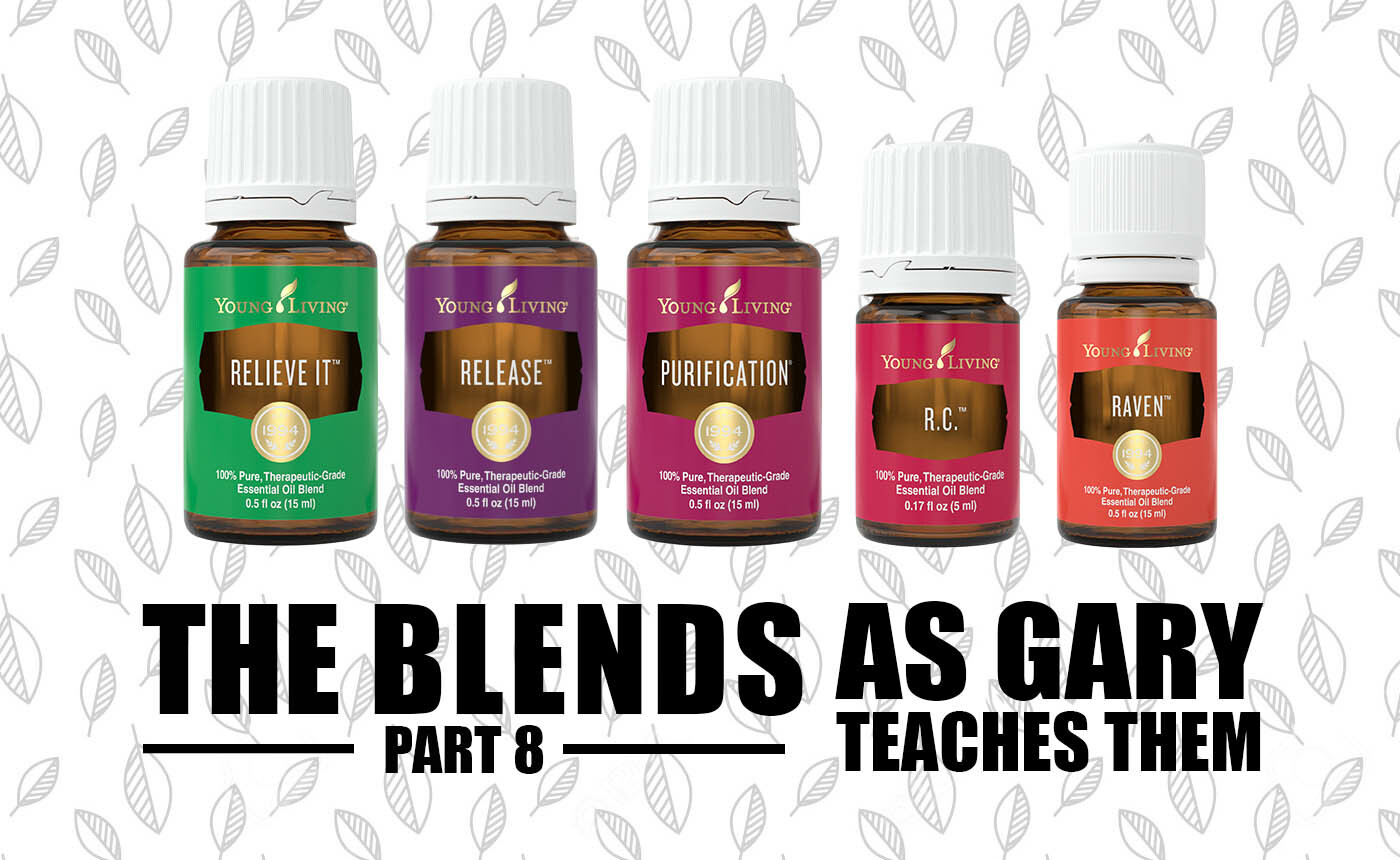
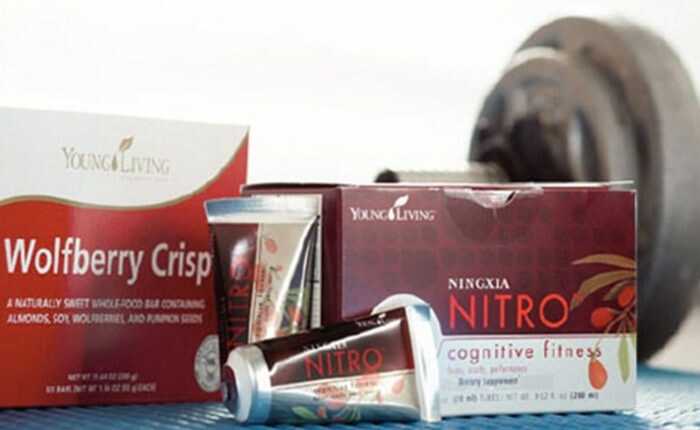
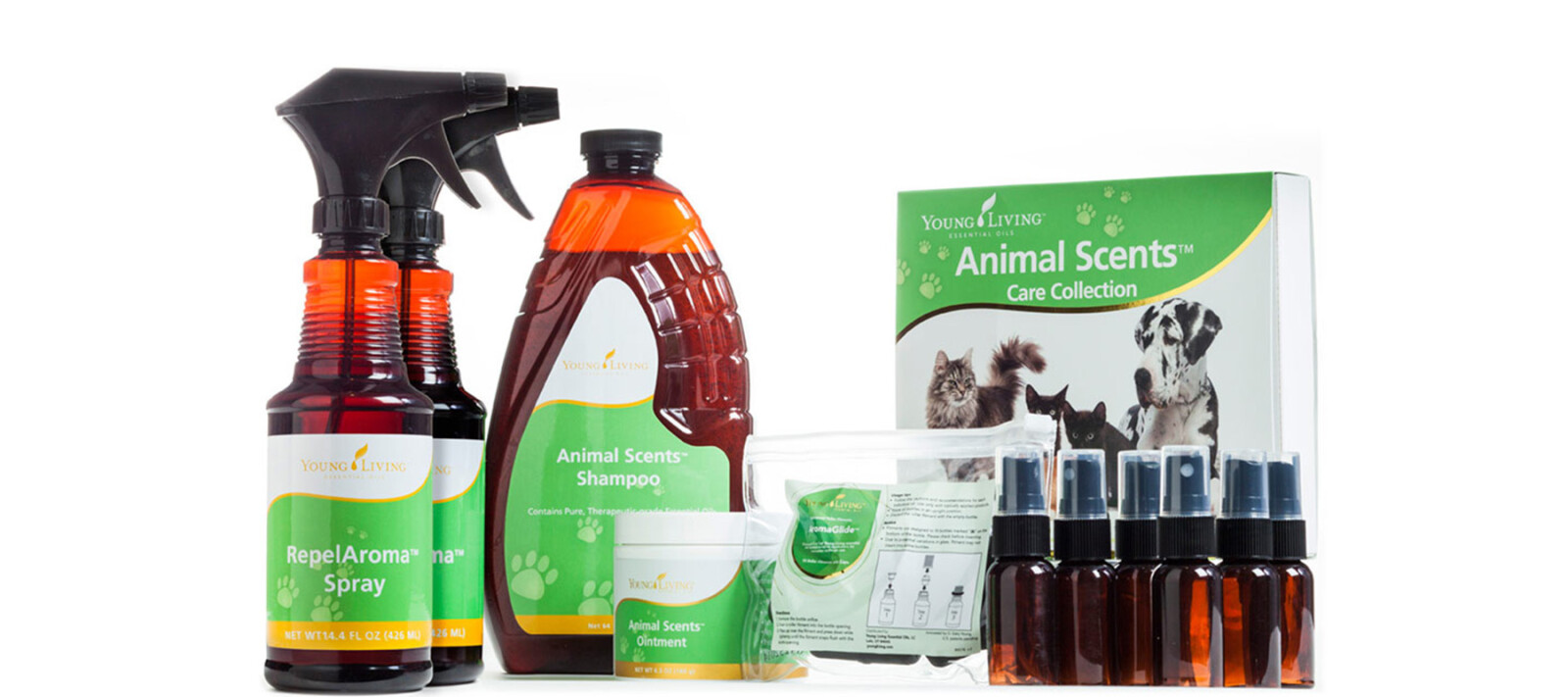

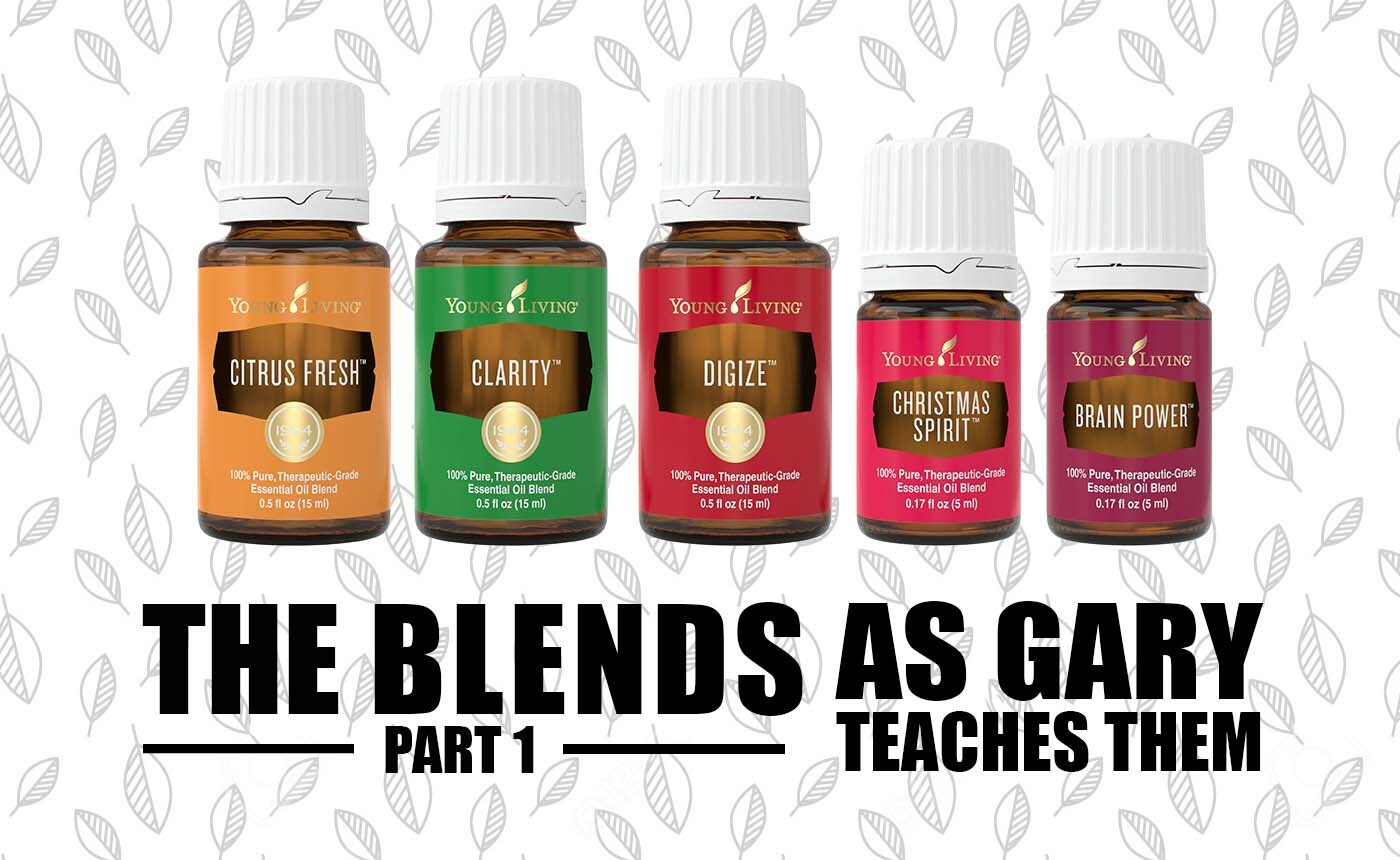
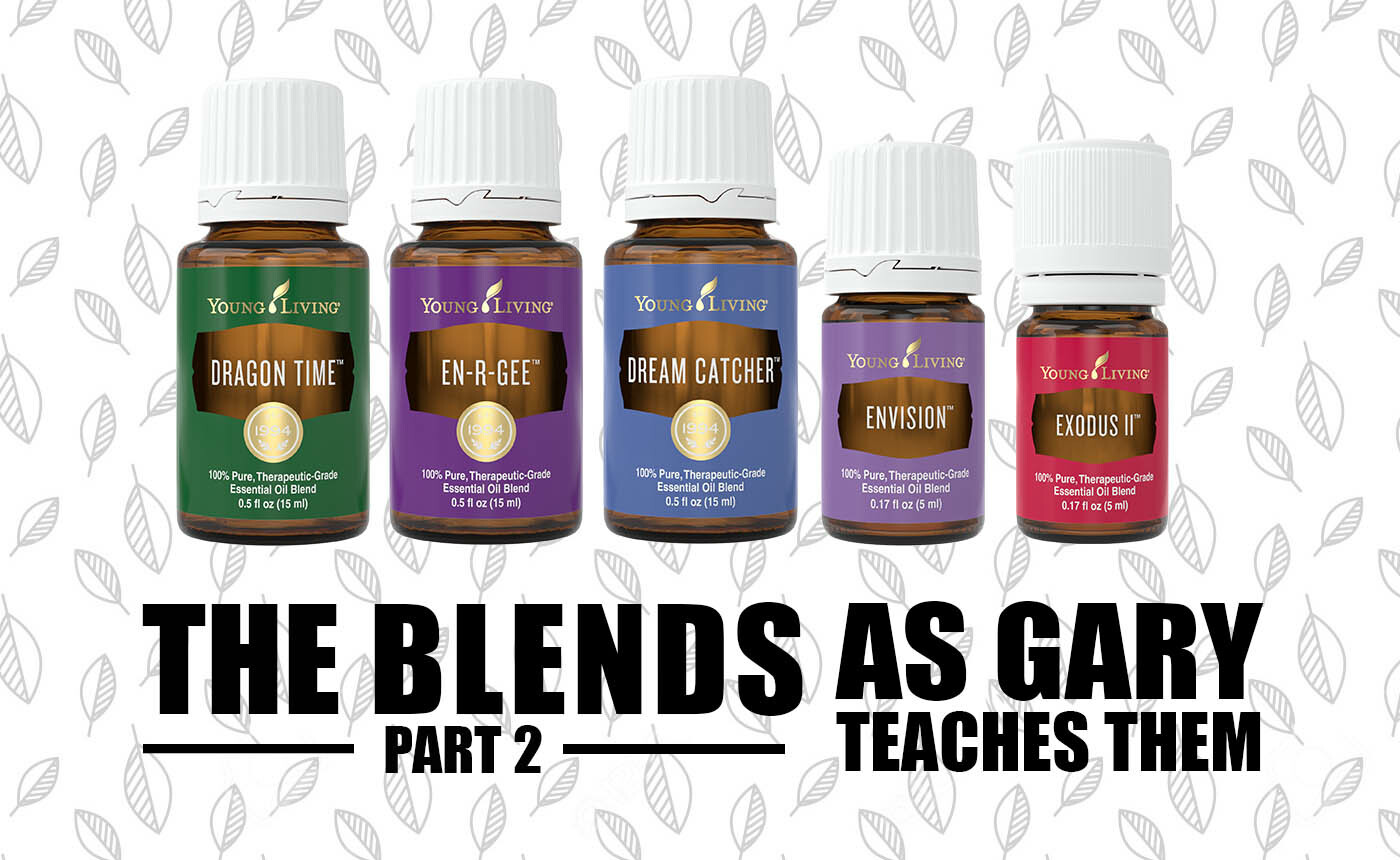


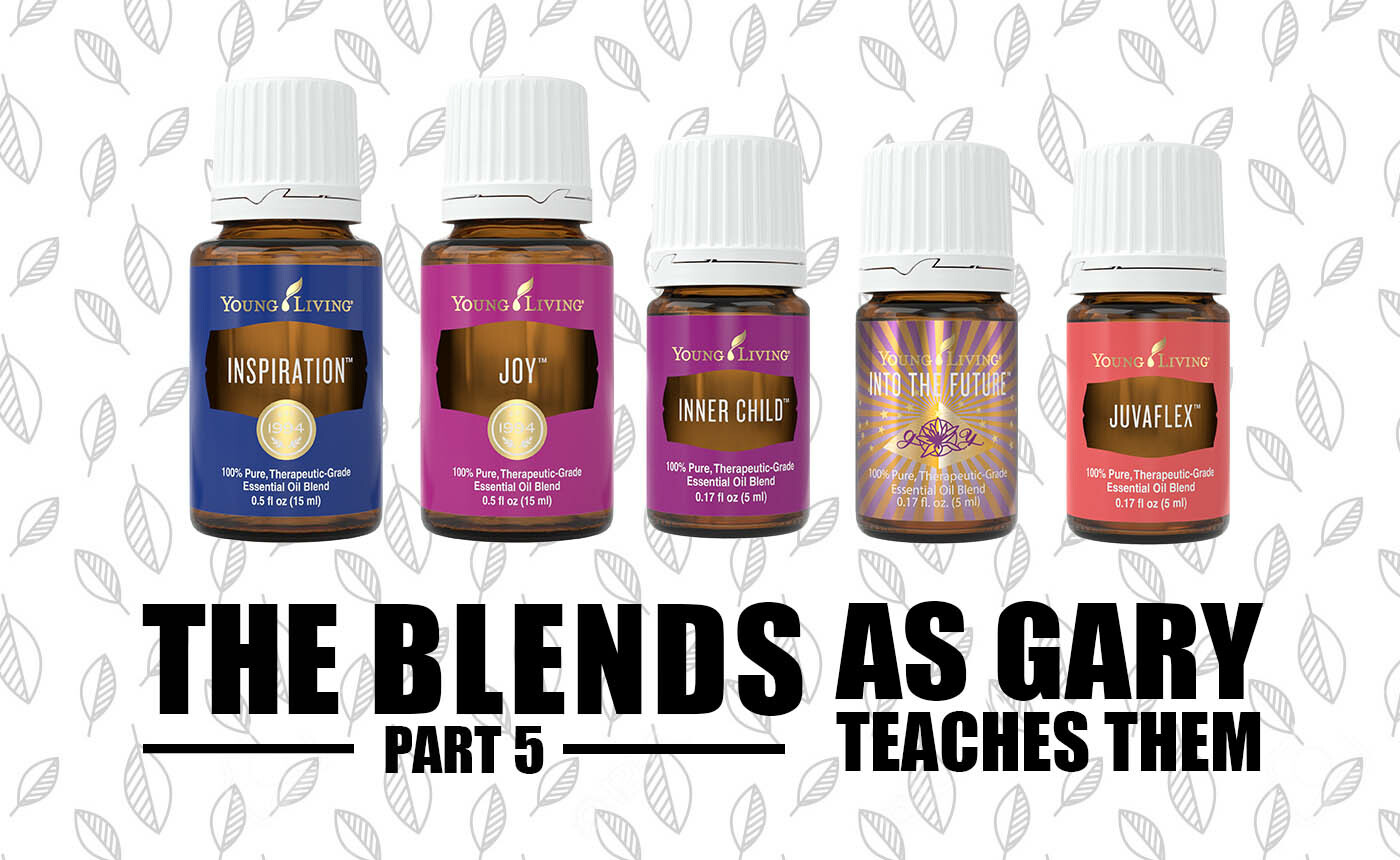
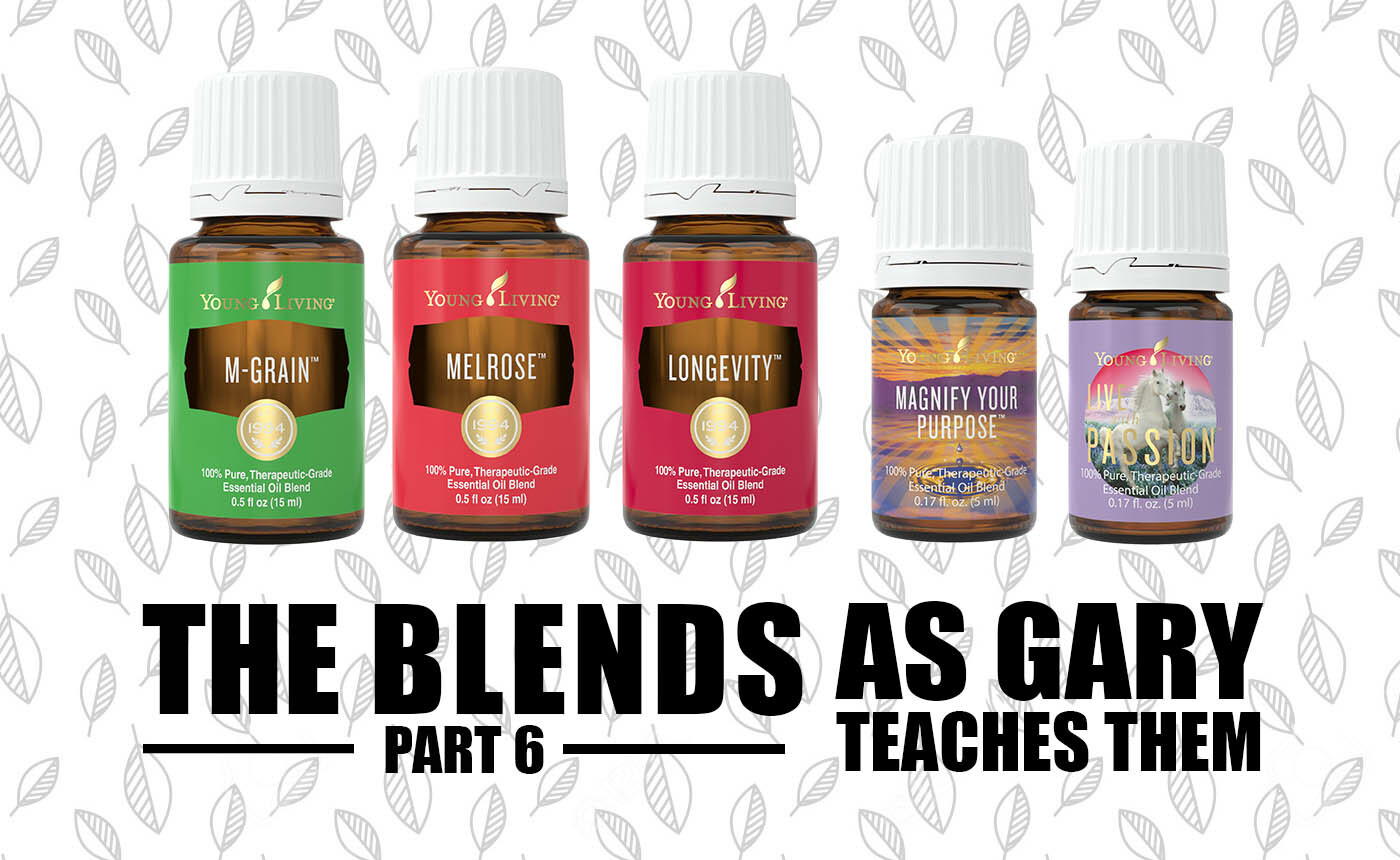
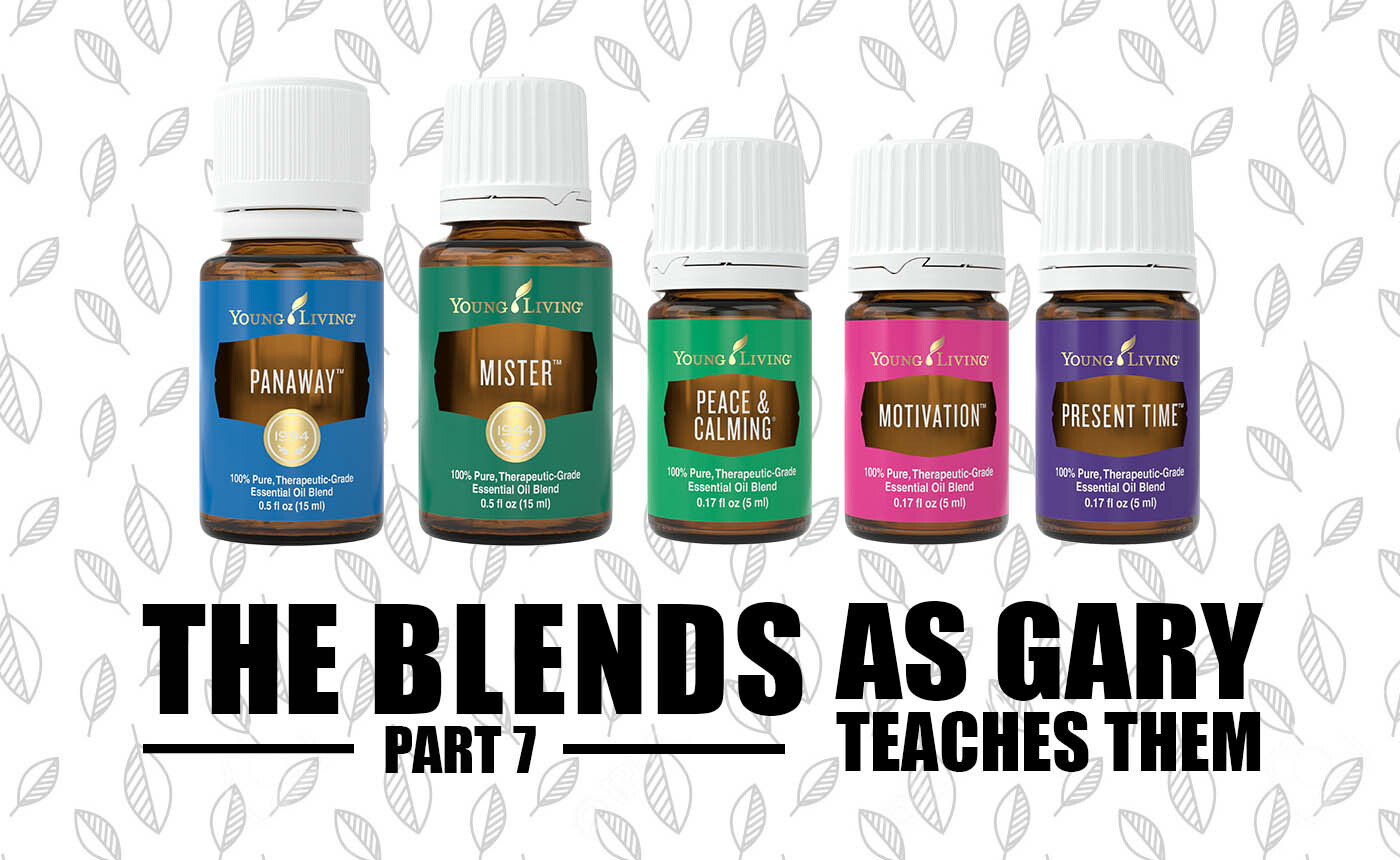

0 Comments